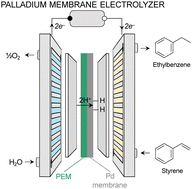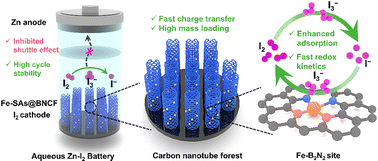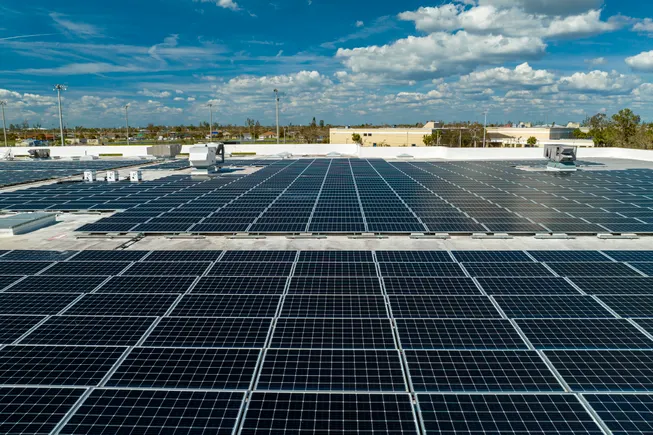Molecular Interlocking Multidimensional Modulations of Cathode‐Electrolyte Interface for Constructing High Energy Density Quasi‐Solid‐State Batteries
Advanced Energy Materials, EarlyView.

A novel gel electrolyte modulation strategy, based on electrostatic filler assembly, is proposed to address the issues of ineffective capacity utilization and inadequate cycling stability of high-energy-density cathodes for quasi-solid-state lithium-ion batteries. It enables effective adaptation across high-energy-density cathodes (LiNi0.6Co0.2Mn0.2O2 or LiNi0.9Co0.08Mn0.02O2), which can achieve improved cycle stability even at 4.5 V, exhibiting remarkably high remaining capacity after long-term cycling.
Abstract
Gel polymers are regarded as a promising candidate electrolyte for lithium-metal quasi-solid-state batteries, primarily due to their high ionic conductivity and solid-liquid synergistic properties. However, challenges such as interfacial side reactions, limitations in Li+ transport caused by interfacial issues, and leaching of transition metals from the cathode have yet to be effectively solved. Herein, a novel gel electrolyte modulation strategy based on electrostatic filler assembly is proposed to address the issues of ineffective capacity utilization and inadequate cycling stability of high-energy-density cathode materials in solid-state lithium-ion batteries. It constructs a 3D interpenetrating charge-bridge network that effectively tackles the phase-separation challenge between fillers and electrolytes at the molecular level. Meanwhile, the molecular interlocking structure effectively inhibits the electrolyte erosion. More critically, it optimizes and stabilizes the cathode-electrolyte interface film, which facilitates the conduction of Li⁺-ions through a size-sieving mechanism. Consequently, this strategy enables effective adaptation across diverse high-energy-density cathode materials with satisfactory capacity performance (170.4 mAh g−1 at 4.5 V/1 C for LiNi0.6Co0.2Mn0.2O2 and 194.0 mAh g−1 at 4.3 V/1 C for LiNi0.9Co0.08Mn0.02O2). This investigation offers a straightforward and effective reference for addressing the critical challenges of ionic transport and interface stabilization in the design of gel electrolytes.














































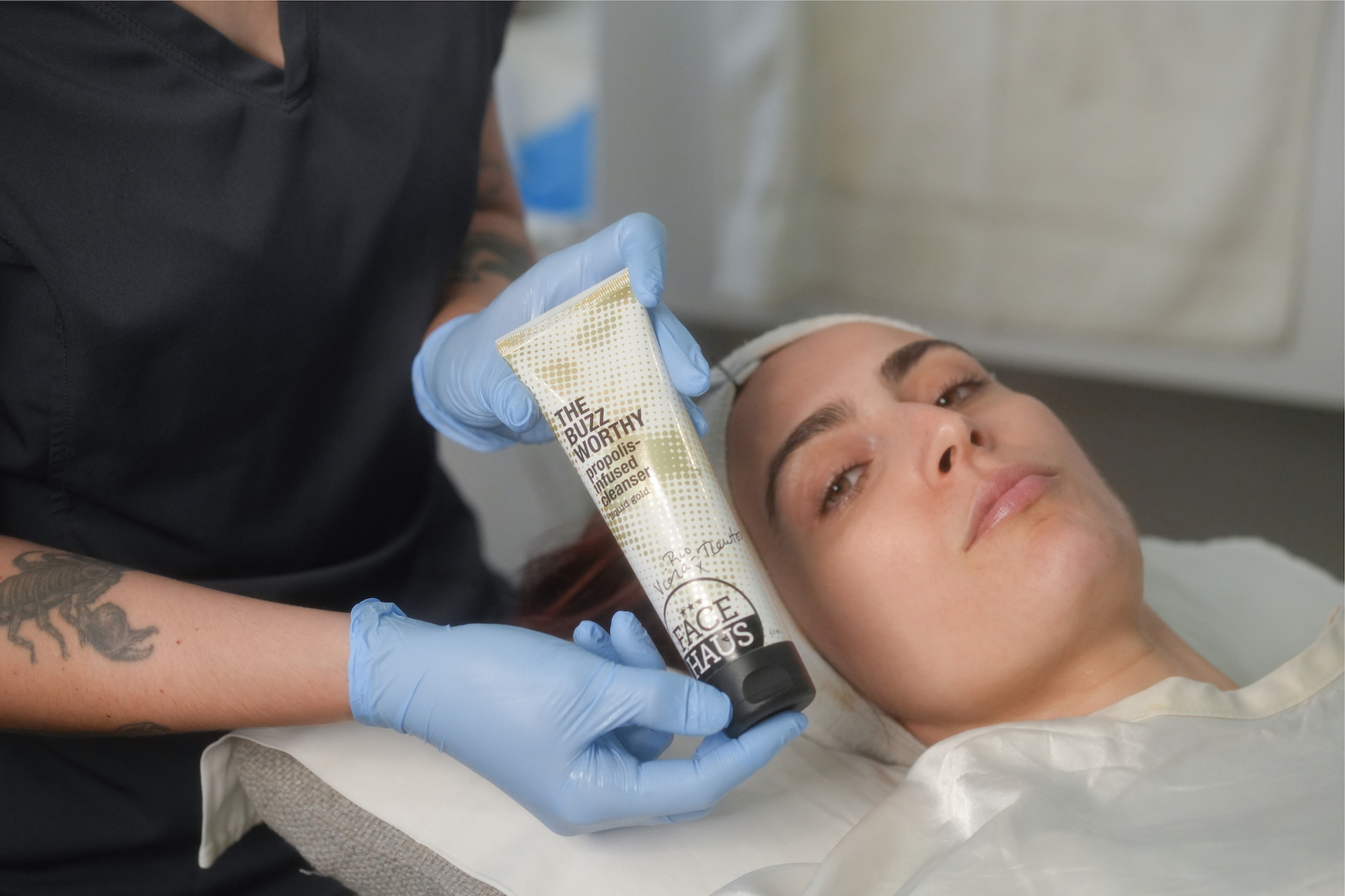












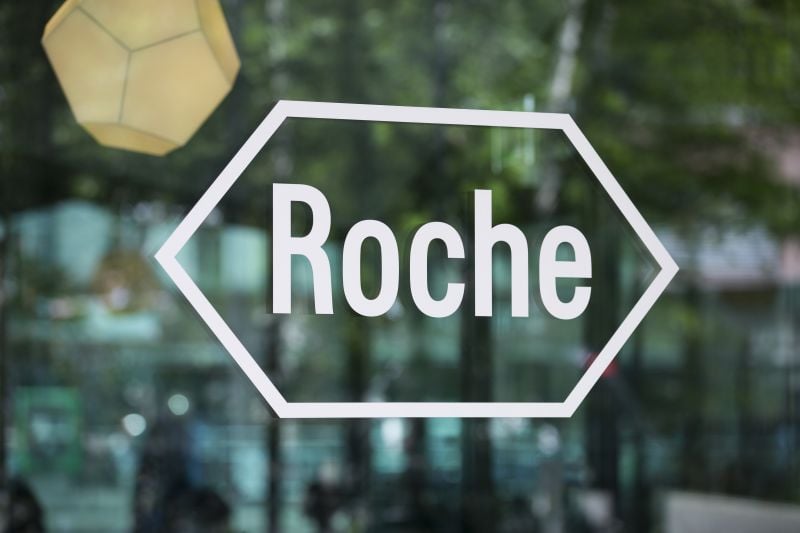






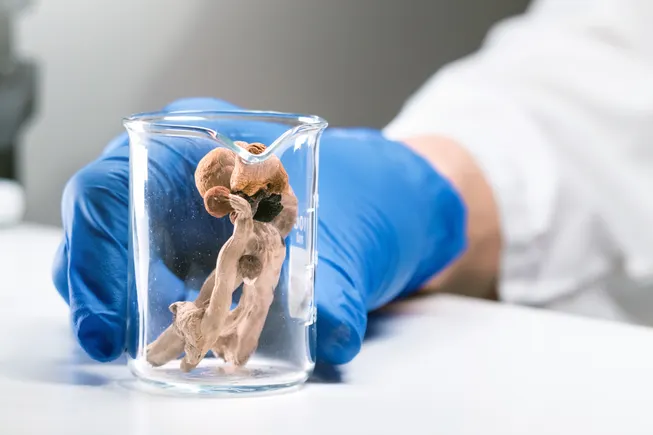
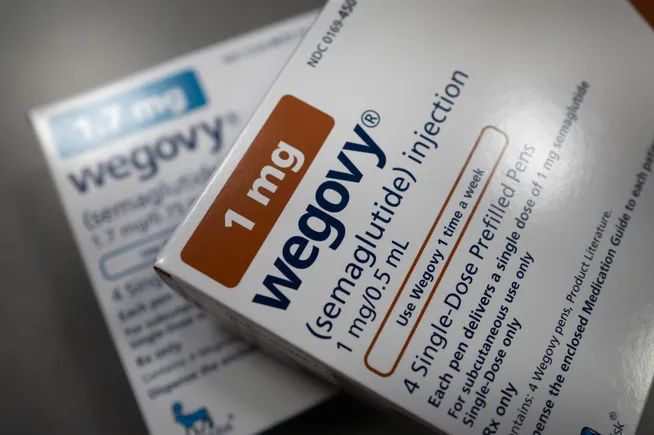
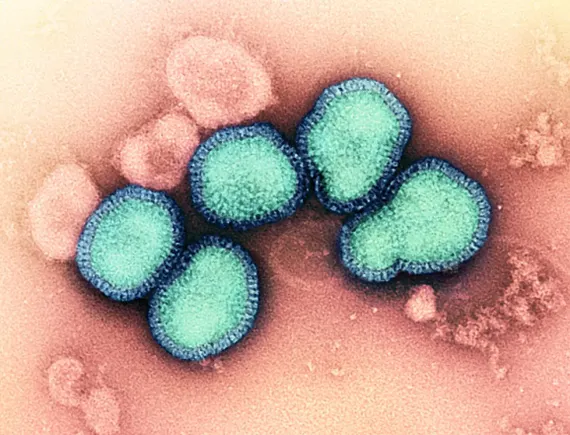


































![[Updated] B-2 Spirit Bombers Struck Iranian Nuclear Sites](https://theaviationist.com/wp-content/uploads/2025/06/B2sGuam_2.jpg)































